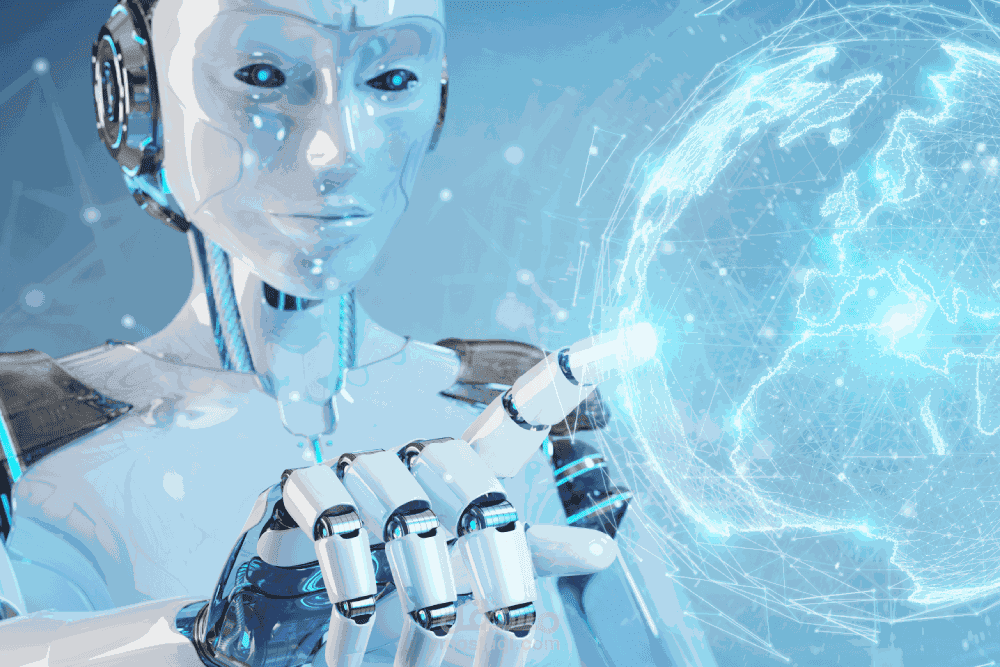The AI Unemployment Paradox: Will AI Create or Destroy More Jobs?
تفاصيل العمل
Artificial intelligence (AI) is rapidly transforming the workplace, and its impact on employment is a major concern. On the one hand, AI is creating new jobs and opportunities. On the other hand, it is also automating many tasks that were previously performed by humans, leading to job displacement and unemployment.
The extent to which AI will impact the unemployment rate is a matter of debate. Some experts believe that AI will lead to mass unemployment, while others believe that it will create more jobs than it displaces.
A 2017 study by Frey and Osborne found that 47% of all US jobs are at risk of being automated by 2033. However, the authors of the study also noted that new jobs would be created in the field of AI and other related fields.
A 2020 report by the McKinsey Global Institute found that AI could displace 800 million jobs worldwide by 2030. However, the report also found that AI could create 950 million new jobs, resulting in a net gain of 150 million jobs.
The impact of AI on employment will vary from country to country and from industry to industry. Countries with a highly educated workforce and a strong innovation culture are likely to be better positioned to adapt to the AI revolution. Industries that are highly labor-intensive, such as manufacturing and transportation, are at a greater risk of job displacement.
The following are some of the factors that will determine the extent to which AI impacts the unemployment rate:
* **The pace of technological advancement:** The faster AI technology advances, the more likely it is to displace workers.
* **The adaptability of the workforce:** Workers who are able to adapt to new technologies and learn new skills will be less likely to be displaced by AI.
* **Government policies:** Governments can play a role in mitigating the negative impacts of AI on employment through policies such as retraining programs and social safety nets.
Overall, the impact of AI on the unemployment rate is complex and uncertain. It is likely that AI will lead to both job displacement and job creation. However, the net impact on employment is difficult to predict.
### **What can be done to mitigate the negative impacts of AI on employment?**
There are a number of things that can be done to mitigate the negative impacts of AI on employment. These include:
* **Investing in education and training:** Workers need to be equipped with the skills they need to succeed in the AI-driven economy. This means investing in education and training programs that focus on STEM skills, digital literacy, and critical thinking.
* **Creating new jobs:** Governments and businesses need to work together to create new jobs in the AI economy. This includes investing in new industries and businesses, as well as supporting entrepreneurship.
* **Providing social safety nets:** Governments need to provide social safety nets for workers who are displaced by AI. This includes unemployment benefits, retraining programs, and other forms of assistance.
It is important to note that AI is still in its early stages of development. The full impact of AI on the economy and employment is not yet known. However, by taking steps to mitigate the negative impacts of AI, we can help to ensure that everyone benefits from the AI revolution.
